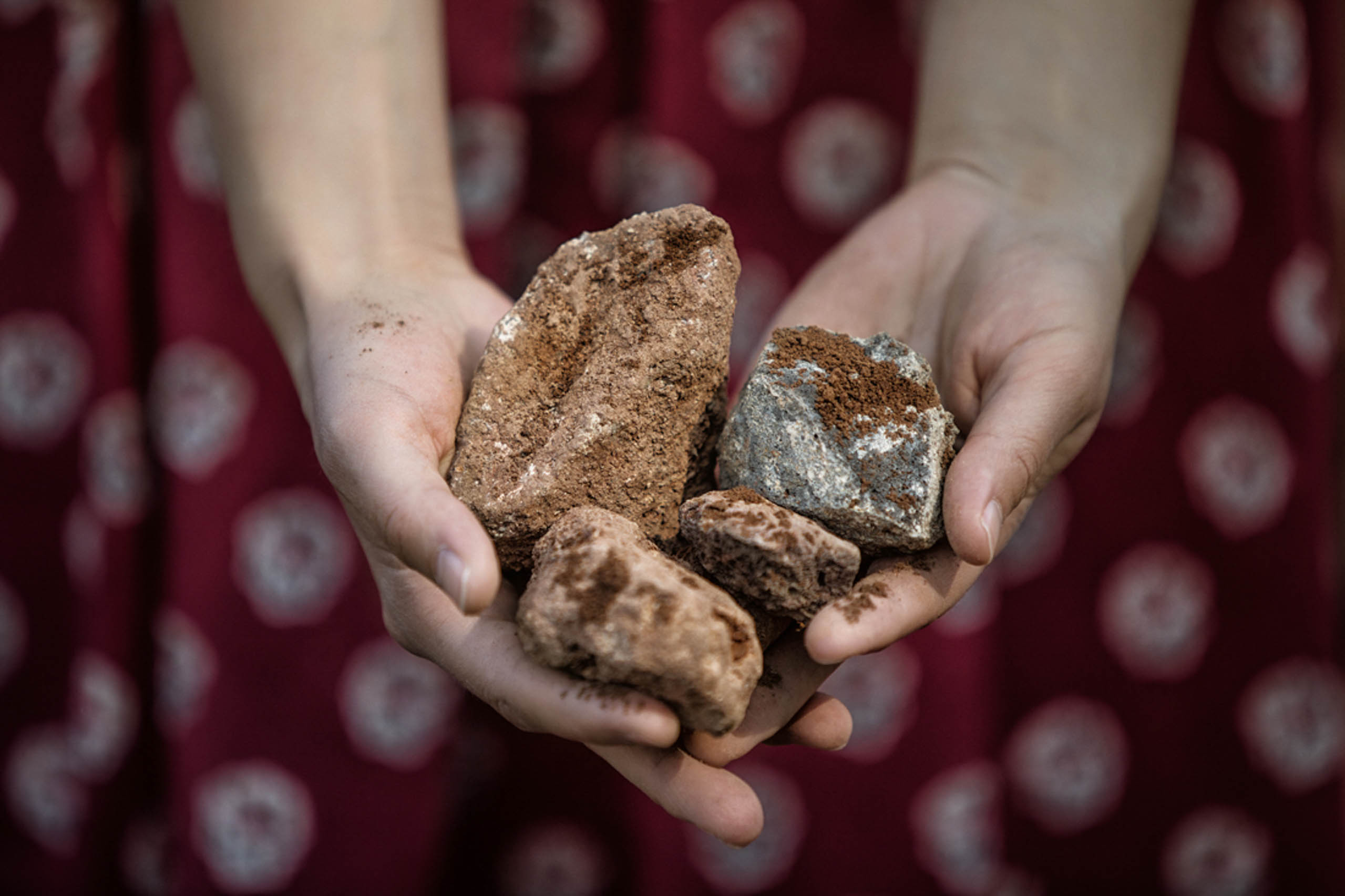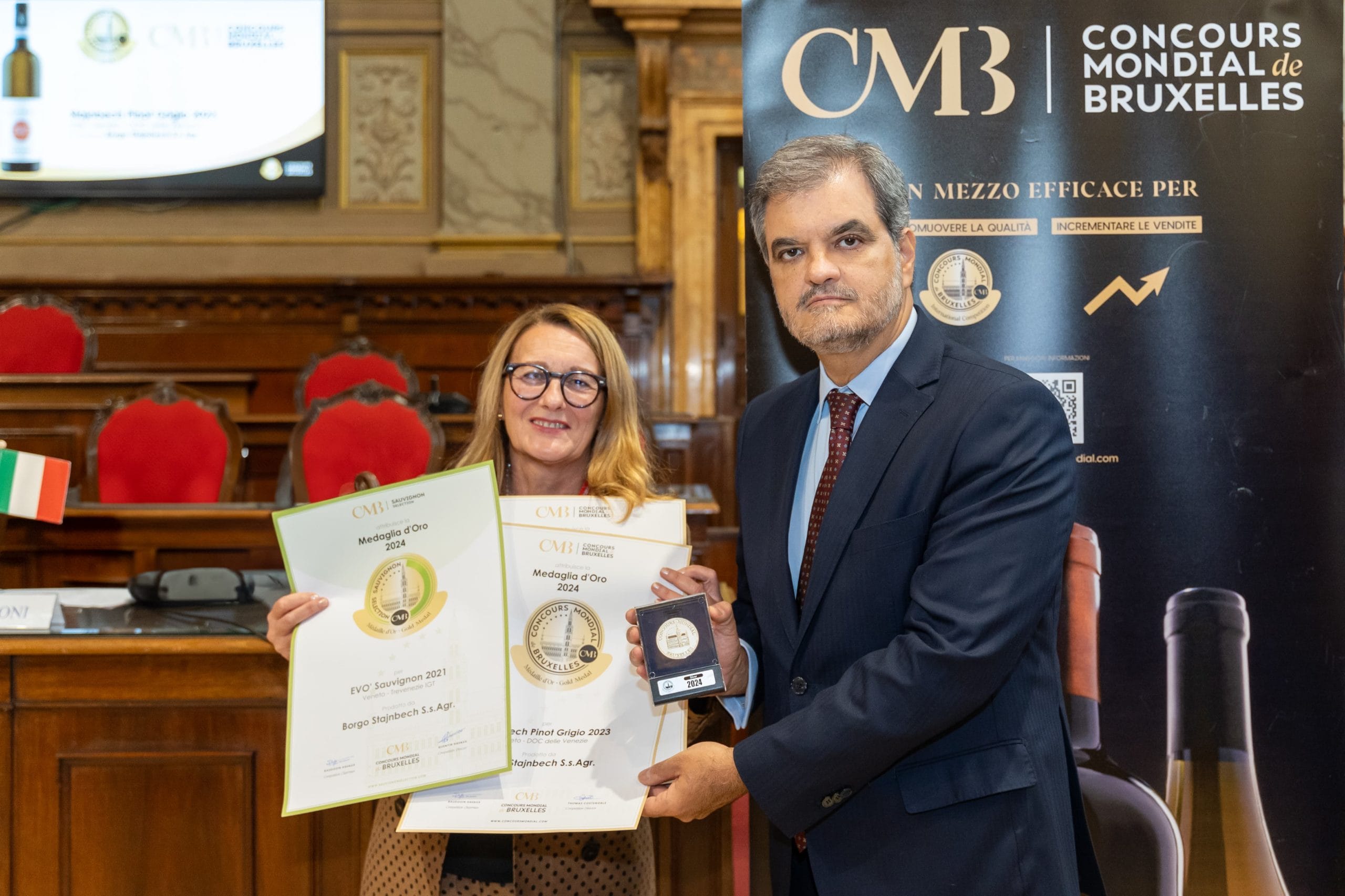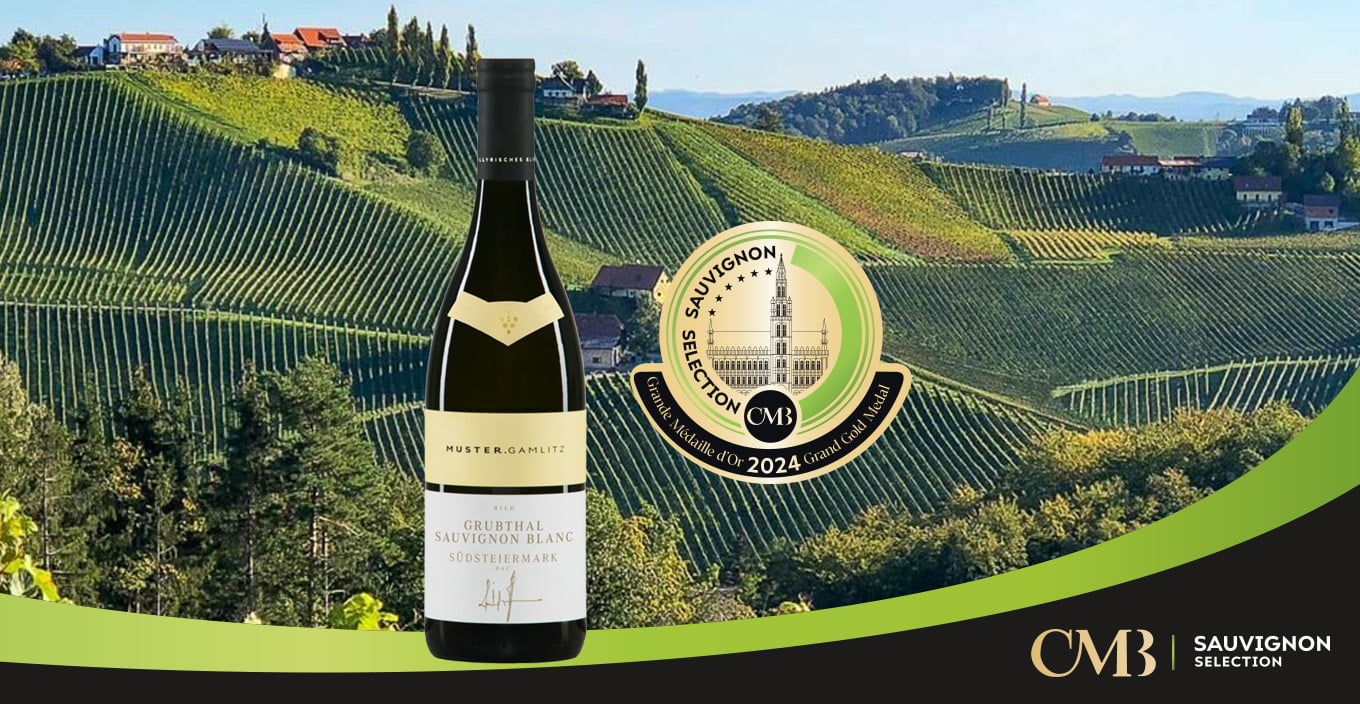Wining and dining with Sauvignon blanc

Any discussion about the virtually endless topic of food and wine pairings requires at least a cursory introduction to both the aromatic and taste profile of a varietal with such a distinctive character.
Expressive examples – and most, but not all Sauvignon blancs are – offer up aromas ranging from grass to lime, peach to tropical fruits, though also apple. As always with this type of analysis, these descriptors are only analogies and do not fully reflect the complete range of nuances actually exuded on the nose. Some drinkers may encounter flint and green pepper or passion fruit and mango. If the analysis is broadened to include noble rot versions, the array of aromatics is even greater. It is easier to describe flavour with greater precision than aroma. Sauvignon blanc nearly always displays vibrant acidity, a fine yet clearly etched texture, sometimes rounded out by oak ageing, and nuances that echo the afore-mentioned aromas. Of course, these variations mirror climatic factors to varying degrees and are then shaped by different wine making techniques. The resultant varietal wine is therefore relatively aromatic and supported by a pronounced acidic structure, thereby forming an excellent basis for pairing with a wide range of foods. Pairings will obviously be affected by the level of residual sugar as Sauvignon blanc is also made as a noble rot wine, particularly in South-Western France (namely Bordeaux and Bergerac), though occasionally in California, Australia and Austria, for example.
The classic pairings
Matching wine with food is both extremely straightforward and frighteningly complex. In its most extreme simplicity, and when all the variables and subjective judgments are factored into the equation (individual tastes, cultural flavour variations and customs, differences in wines, for example), food and wine pairing is almost a non-issue: drink the wines you like with your favourite foods and enjoy!
We can also delve deeper into the issue, however. All fish and shellfish, including oily fish, work well with dry Sauvignon blanc. This makes the varietal a suitable partner in many parts of the world where fish is part of the local diet. Generally speaking – and this is true of all food pairings – the more strongly flavoured a food is, the more it needs an expressive and intense wine. For instance, a freshwater fish terrine is delicately flavoured and pairs well with a Loire Sauvignon.
Versatility
Conversely, a more intense Sauvignon, like those from New Zealand or oak-fermented bottlings, should be served preferably with oysters or smoked fish. Vegetables are not a problem for Sauvignon blanc, which pairs equally well with bitter as with sharp flavours. The more a vegetable is grilled, the more it needs an intensely flavoured wine but there is always a possible match. Very reduced sauces may test the varietal’s limits or at least encourage us to opt for denser styles of wines and perhaps oaked offerings. Sauvignon blanc doesn’t shy away from fattier foods either, like pork meat and cold cuts, as the acidity counterbalances the fattiness without either one cancelling the other out.
Right through to dessert
For meats other than pork, all types of poultry and white meats – even pink veal – are potential partners for Sauvignon. The only challenging pairings are with some types of red meat or game which can prove overpowering for the varietal’s subtle flavours. Towards the end of the meal, puddings invariably call for sweetness in a wine. Obvious choices would therefore be late harvest Sauvignons, with or without noble rot; the best pairings here are with fruit-based desserts. For those who prefer cheese to pudding, both dry and sweet versions of Sauvignon will work, depending on the type of cheese: dry wines for goat’s or sheep’s milk cheeses and hard or fermented cheeses; sweet wines for blue or creamy cheeses.
Spicy foods pose another type of problem. Apart from beer, which is highly effective at putting out the fire, I would go for a sweet wine to smother it. Late harvest Sauvignons, either single varietal or Semillon blends, are thus a good option.
By way of conclusion, I would say that Sauvignon is perhaps the most versatile grape variety when it comes to food pairings. Red varieties are a lot less flexible and, however hard I try, I cannot think of another white wine variety where the range of styles opens up such potential for pairing with food.


